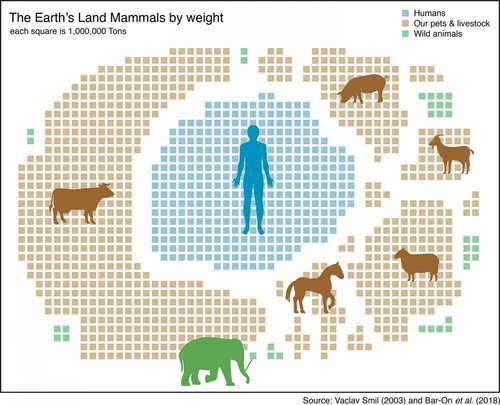D
Deleted member 28227
Guest
Many Western States give preferential treatment to ranchers, developers, oil, gas, and mineral companies, and other corporate entities to essentially produce their own profit from the public resource at little or no cost, by using BLM lands that the public cannot get to.
I'm sure this happens, although I've never actually seen it (OG companies being given rights and easements/right-of-ways to landlocked pieces of public ground, quite to the contrary I have been involved in two lawsuits where the E&P company I worked for took a leases from the BLM only to find-out post sale that there was no access to the parcel. Like everything there is a bit more to the story than that but that was the gist of it.
That is not to say a company might not take a lease on landlocked BLM and then pay the landowner 300k for an easement for a road + 400k for a water line then another 500k for a gas line then .25 cents per barrel of all the liquids removed via that road... etc.
Which is to say, we pay trespass fees like everyone else.





